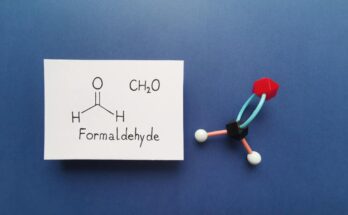Contrary to what you may believe, fire-resistant fabrics can’t withstand flames for long periods. They are designed to provide the wearer time as they move away from harm. If you work in an industry requiring this type of protective clothing, you should make informed decisions about your clothes. Some fabrics are naturally flame resistant, while others are treated with chemicals to give you protection. These top three fire-resistant fabrics for clothing are the most common.
What Makes Fabrics Fire Resistant?
Several factors make fabrics fire resistant. These include fiber content, chemical treatments, fiber construction, and fiber weave. The best way to understand how a material reacts to fire is by considering these factors individually. There are also FR clothing terms that would be helpful to comprehend.
Treated Cotton
Cotton has been used for centuries because it’s soft and breathable—it absorbs moisture from the skin instead of repelling it as synthetic fibers do. Cotton also has good flame retardant properties when treated with chemicals; however, untreated cotton is flammable.
Wool
One organically fire-resistant fabric for clothing is wool. Wool is a natural fiber that comes from the fleece of sheep and is commonly used for clothing. It does not burn quickly, but if it does catch on fire, wool will smolder slowly instead of bursting into flames. This makes wool an excellent choice for clothing because it protects against severe heat and flame damage without inhibiting breathability as other materials do.
Synthetic Fibers
Another option is the use of synthetic fibers. These fibers are far more durable than natural fibers but not as breathable or comfortable as their natural counterparts. For example, untreated polyester does not react favorably when exposed to heat or flame—it melts and can cause further damage to the skin. Still, it can be treated with chemicals that make it safer in a fire emergency.
There are many options for creating fire-resistant clothes, but none is perfect. Each option has advantages and disadvantages, so the next time you shop to add pieces to your FR wardrobe, weigh your priorities. Ultimately, it depends on what you need to be safe.



